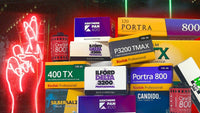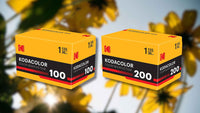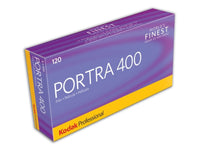Shorter days and darker nights doesn't mean fewer photo opportunities! We asked the Analogue Wonderland Instagram community to share their favourite films for shooting after dark - from tungsten-balanced colour to gritty black and white classics. Here are your top five picks for low-light photography.
Recent posts
Shop the article
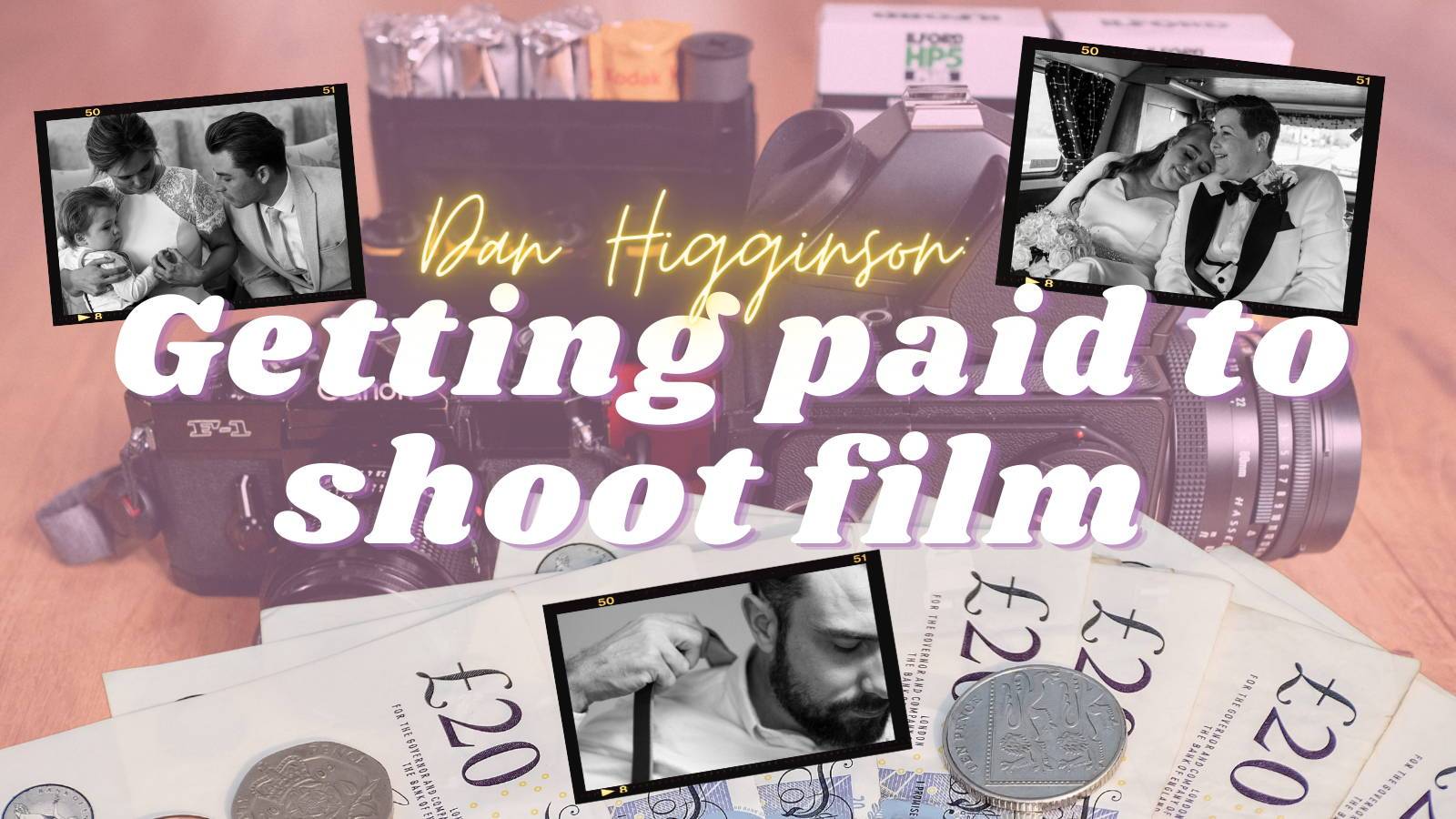
Dan Higginson: Getting Paid to Shoot Film
By Dan Higginson
Hi, I'm Dan Higginson. Founder of a creative community, The Idle Hands Society, owner of modest wedding and family photography business, and happy customer of Analogue Wonderland.
I want to talk to you about getting paid to shoot with film.
© Dan Higginson - self portrait taken with Ilford HP5
My Introduction to Analogue Film
First, let me briefly tell you about my introduction to film photography. You see, it was the early 2000s, nu-metal was going mainstream, and I was taking A-Level photography at school. Digital cameras were not dominant back then. My coursework was all on Ilford HP5 Plus and processed and enlarged in our school darkroom. A comforting warm and dark red glowing womb-like environment. I spent so many hours in there, dodging, burning, experimenting. I still have fond memories of seeing real-life magic as my blurry and poorly composed photos faded into existence right in front of my eyes. Snapshots and holiday photos were cheap and colourful, but art - that was black and white, and I was addicted immediately.
Over the years, like everyone else, I jumped to digital cameras and eventually developed a bad habit - I took way too many photographs; if only the number of keepers increased at the same rate! A couple of years ago, I decided I'd had enough practice to finally go pro. I was quickly disabused of any notion my days would be spent behind my camera; Instead, I was behind my iMac, editing thousands of photographs into something I'm willing to put my name on. I realised something: my digital camera's unlimited ammunition removed the decisiveness I felt when I started.
Why I use Film on Paid Shoots
To force me to shoot more intentionally, I started using analogue film on paid gigs. Let me tell you, to begin with, it scared the s*** out of me. I felt naked, having no idea if I was even getting anything. But I put my faith in the film, and it turns out I was worried about nothing! I discovered two very unexpected things;
- My clients are obsessed with my old camera and the idea I'm using analogue film. It somehow gives me more credibility. I know it sounds silly, but as soon as I use analogue, I'm an artist, and my subjects have complete trust in me. Something I thought I had before, but this is different.
- People always love my film photographs and tend to buy those prints over the digitals. I think it's because I'm more deliberate when I use film.
© Dan Higginson taken with Portra 400
What's in my Camera Bag?
While you don't need loads of expensive gear, it should be reliable. I live by the mantra "pack light, pack right!" For analogue work, I only use two cameras and never change lenses. I use my old Canon F1 with a 50mm f1.4 paired with my Hasselblad 501c with the much loved 80mm f2.8. I love to shoot my portraits on the 'blad. The square format is odd at first, but it becomes liberating when you're used to it. While I love experimenting with weird and wonderful films in my personal projects, all my paid shoots are on Kodak Porta 400 and Ilford HP5 Plus. I keep all my rolls together in my bag with several JCH 35mm and JCH 120 film cases. I use my Sekonic L-358 light meter on every shoot.
© Dan Higginson - gear I use on a paid shoot
How to Start Using Analogue Film Professionally
What do you think? Are you ready to start using analogue for your paid work? Here are some lessons I've learned so far that will get you off on the right foot.
- Think about the wording in your sales pitch. When you say 'film', most people think they're getting a movie. I've found adding the word 'analogue' causes zero misunderstandings.
- At the start, you can boost your confidence by hybrid shooting digital and analogue simultaneously. If you get blank film frames back, you'll be able to fall back on your digital shots.
- You need to know your camera like the back of your hand. Nothing will scare your client like their photographer struggling to load film or not knowing why their camera won't fire.
- Just like digital, don't over-explain what you're doing to your clients. They like photos, not photography. They're not interested in what camera or film you're using; They aren't going to nerd out with you. However, they will love holding and looking through the viewfinder of your analogue camera. A lot of younger people haven't held film cameras before, and older folks often get nostalgic. Let them fire a few frames; if film costs are a problem, let them play between rolls when the camera is empty.
- You still need to be decisive and confident to keep your subjects trust - but you'll need to ask them to hold poses longer than they would normally. You're probably not going to be shooting on a continuous drive mode.
- Unless you're really confident with your ability to meter by eye, buy and use a decent light meter. I know a good light meter can be expensive, but your credibility will be ruined if you mess up.
- Remember, most colour film is daylight balanced. You'll need filters and experience to shoot in other light, for example, tungsten. Don't experiment on a job unless you’re happy to risk writing off those shots.
- Find a good film stock and lab and stay loyal to them. This sounds obvious, but consistent results are critical. You don't want wildly different looks on every shoot. You'll be reassured knowing what you're going to get before you press the shutter. Luckily, Analogue Wonderland has you covered with a vast range of film stocks. And there's more information on this page if you're looking for a good lab in the UK. Oh, and be sure to keep a healthy amount of film in your fridge so that you never run out when you're busier!
- Regularly get your camera serviced to avoid failure on a paid shoot. Light leaks might be trendy, but fogged film, missed focus, and overlapping frames will not win you any fans!
© Dan Higginson - wedding photography taken with Portra 400 and HP5
Once you've got some excellent photographs in your portfolio to help you book some jobs, you've got a choice to make. Either you price your service factoring in film and lab costs or offer an add-on analogue service. I currently offer an add-on but will eventually just absorb the cost into my total price. I'll tell you why; my clients tend to be price-sensitive initially and avoid optional extras, then once they see the results and understand the value of photography, they are happy to spend more on things like prints. Although your client's behaviours might differ and only you can decide what's best.
© Dan Higginson taken with HP5
Is it Worth Using Analogue Films on a Paid Shoot?
Using analogue film has been a boon for my business. It set's me apart from my competitors. I get more free time as I have fewer shots to cull after a shoot, and my scans don't need a lot of editing, my clients are happier with their shoot experience, and I'm having more fun. The fact you're here reading this blog post means you already love film. Maybe you already use analogue professionally. But, if you don't, I hope that I've inspired you to incorporate film into your workflow.
Feel free to reach out to me on Instagram @dan_s_higginson if you've got any questions or recommendations of your own. Hopefully, Analogue Wonderland will have me back to write to you again soon!
Until next time,
Dan Higginson
© Dan Higginson taken with HP5
Ready to dive in?
Keep Reading
View all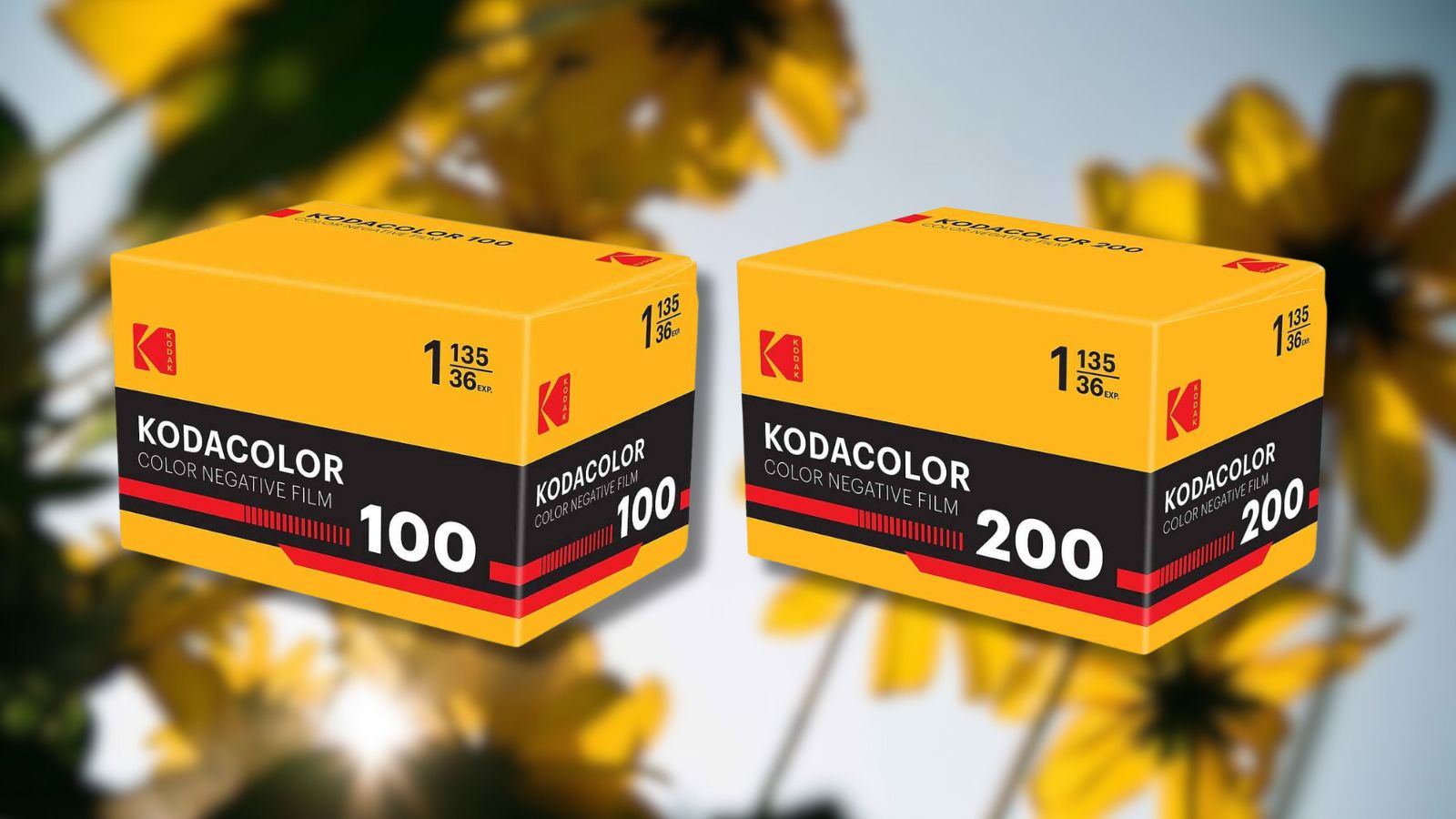
Eastman Kodak Releases KODACOLOR 100 & KODACOLOR 200 35mm Films: But What Are They?
Eastman Kodak has released two 35mm films: KODACOLOR 100 and KODACOLOR 200. But what do they look like, are they truly new emulsions, and what could this mean for the future of colour film now that Eastman Kodak has entered the still photography market alongside distributor Kodak Alaris?
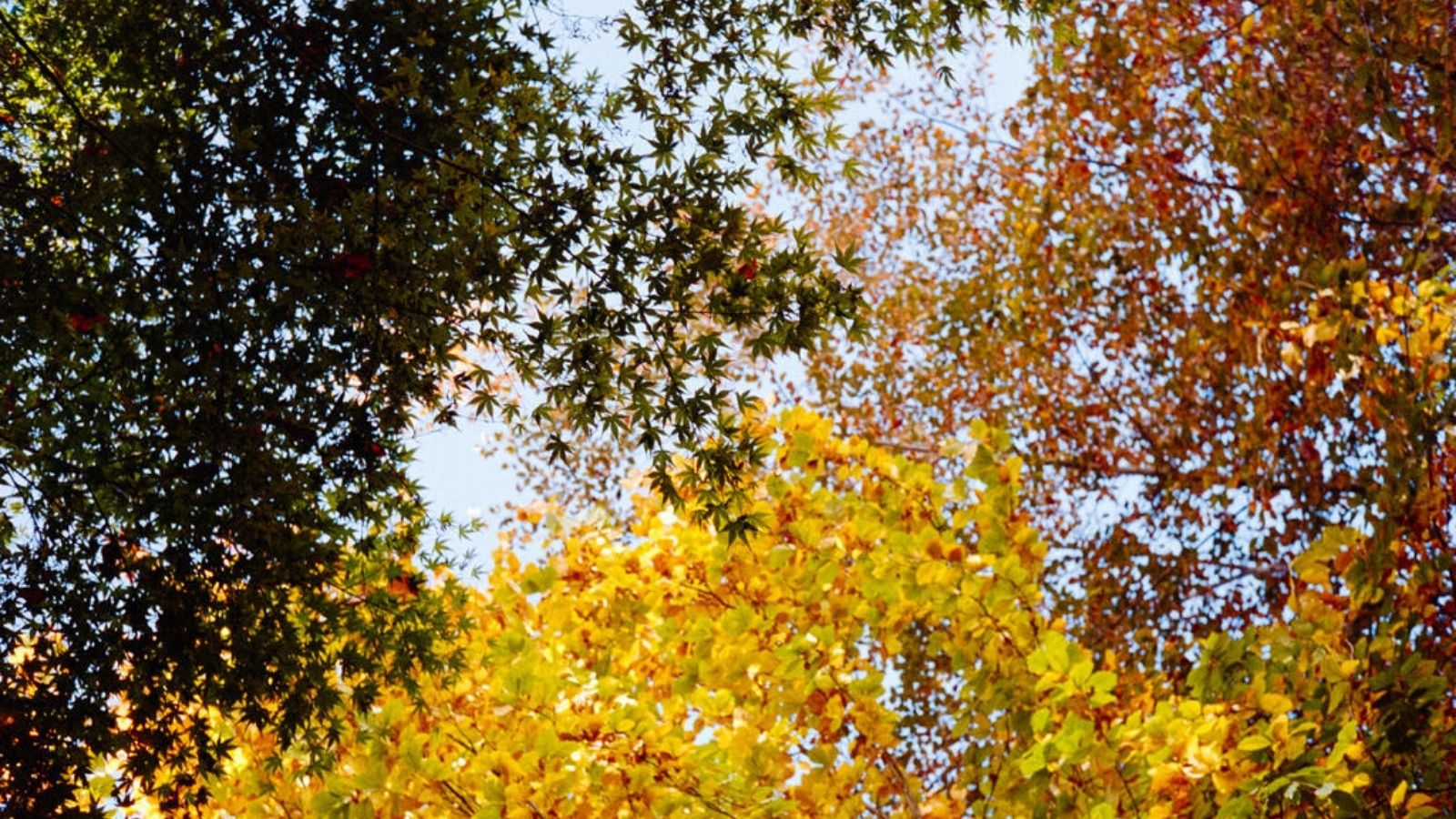
Best Films for Autumn Film Photography: Top Tips for Capturing The Season
Autumn is a magical season for film photography, bringing rich colours, atmospheric weather, and unique tones and textures that we can bring to life with a range of film stocks. Whether you're capturing the natural colours of fall or prefer moody monochrome, we've got film recommendations and shooting tips to help you photograph the season beautifully.
Subscribe to our newsletter 💌
Sign up for our newsletter to stay up to date on film photography news, sales and events:
Free Tracked Shipping
On all UK orders over £50
Passion For Film
An unbeatable range and an on-site lab
Our Customers Trust Us
Thousands of independent 5* reviews
All Deliveries are Carbon Neutral
Independently audited and verified by Planet
- Opens in a new window.

